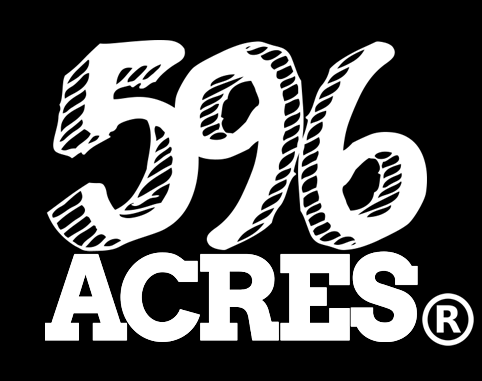
A meeting at Know Waste Lands
Why We Need Community Land Access Advocacy
As community land access advocates, we believe that people should have a say in how the land in their neighborhoods is used and by whom.
In NYC and other cities, the process by which government determines how land is used tends to exclude the average resident. Community land access advocates translate and transform this process to create pathways for community members to participate in shaping their neighborhoods and their cities.
In American cities, the opacity of the land use process is frequently exacerbated by a history of racially and economically biased land use policies, most notably urban renewal. As a legacy of redlining, disinvestment, urban renewal, and speculation, there is a tremendous amount of urban land that is owned by the government, and theoretically by the people, but it is disproportionately locked up, unused, and located in poor communities of color.

596 Acres sign on fence at Hooper Park in southside Williamsburg
Pillars of Community Land Access Advocacy
The field of community land access advocacy is developing—we are building it as we do this work! Community land access advocacy contains five resource pillars. These are the things that communities working in their local contexts need:
- Access to clear, reliable data that can be translated into information about places through online tools and physical signage.
- Local advocates do not need other people to organize them, but they do need to have their own organizing supported through space and staff resources.
- Policy advocacy, legal support and campaign development on land use issues, not only to defend endangered community spaces and counsel communities, but also to identify opportunities for community land access and look at the corporate structuring it takes to put communities in charge. This work includes advocacy for policy changes to increase participatory decision-making surrounding public resources.
- Tools to do design-based advocacy. With communities, create pictures of the world as it could be and then advocate to make it happen.
- Best practices sharing between communities. Maintain networks that allow communities to share knowledge and develop relationships with decision-makers, and work with groups after they get access to land to build sustainable community governance for stewards of a public and inclusive resource.



